Originally posted on August 12, 2015 on the Farming & Climate Change Adaptation Blog
In part 1 of our series, Moving to Higher Ground, we talked to Amanda Andrews, owner of Tamarack Hollow Farm about her decision to move to higher ground.
For this post, we check in with Yves Gonnet, owner of Midnight Goat Farm, who also recently moved to higher ground; he relocated his dairy goat farm from the Huntington valley to the Huntington hills in Vermont.
Here are some snippets from recent conversations.
Well Suzy, it’s May 4, 2015 we’re expecting the temps to hit 78 with 12mph winds gusting up to 21mph mid day. As a lay person who farms goats, bushes and bacteria, I have noticed some things in the past decade. I think the operative words are “extreme” and “unpredictable.” Colder longer, hotter faster and much much wetter (at times).
July 10, 2015. I wish we could have three straight days of sun. It is getting old watching hay go to seed or get pounded into the ground by rain.
July 20, 2015. Headline weather: “Hail, Thunderstorms and Flooding Hammer New England.” Hail the size of tennis balls fell in New Hampshire. The day will likely end up as one of the top five hottest for this summer in New England. The heat index is close to 100 in southern New England. In Northwest Vermont, we’re spared the hailstones, but we’re sweltering with hot temperatures, then hit with heavy rains. Hand milking goats is quite the workout.
August 11, 2015 Heavy rain in most parts of Vermont. We’ve had 50% more rainfall since June 1, when compared to National Weather Service’s recorded normal climate as measured from 1981 to 2010.
With these observations in mind, we continued the conversation.
Center for Sustainable Agriculture (CSA): So how does a dairy goat farmer manage weather in Vermont? Can you describe your decision-making to move your farm to higher ground? What role did climate change play?
Yves: We moved our farm operation to higher ground to help avoid the issues we had with flooding, increased water levels and encroaching wetlands. We settled recently in a spot three miles from where we had been, but 500 feet higher in elevation. A nearby water source was important to us so we selected a property which is bounded by the Baker Brook, a year round protected waterway. Over the past seven years, we have seen the weather extremes become more intense and have sought greater elevation and easily drainable landscape to help us buffer these extremes. Where we had been located we were more and more frequently finding ourselves trapped by the Cobb Brook unable to get our goats to pasture.
CSA: Have the weather-related effects of climate change been what you expected? Have they been manageable?
Yves: I don’t think we are in a position anymore to expect weather. It is more a matter of reacting to what it is. So far we have been able to cope with this year’s extremes fairly well, but are always learning how to improve our systems for new surprises.
CSA: When and how did you make the decision to move to higher ground?
Yves: We started looking for our new spot a couple years ago. Our criteria was pretty specific so it took some time to find. We started building fall 2014.
CSA: What particular site characteristics were you looking for beyond higher ground?
Yves: We looked for southern exposure, goat forage, fruit trees, maple forest, running water and sufficient acreage.
CSA: Moving forward, are you planning for weather changes due to climate change?
Yves: Absolutely. We have made ourselves much more autonomous. We provide our own solar power, have over sized waste water systems and water supplies and plan to continue to build systems, which make us less vulnerable to weather changes.
CSA: Are climate change effects affecting your goats and kidding? If so, how? And how are you dealing with this?
Yves: The extreme cold of this March made kidding more difficult and dangerous for the newborns. Fortunately, we were prepared, from prior January kiddings, for cold and quick-changing weather. We have divided the kidding areas into well protected spaces, which allow for spot heating and complete enclosure when necessary. We employ heated kidding boxes for newborns and have internet accessible cameras installed to monitor expectant does and their offspring.
CSA: Is there any advice you would like to give to other farmers about climate change and its effects?
Yves: Be prepared for unpredictable weather and shortages of feed. Don’t take water for granted.
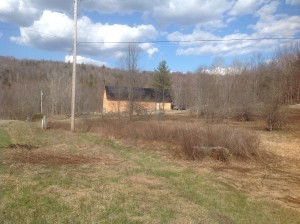
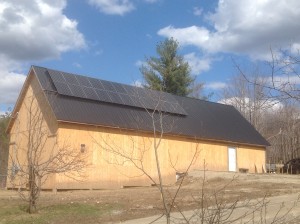
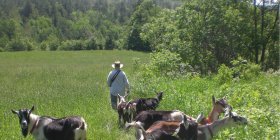
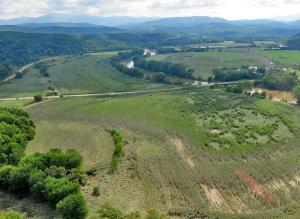
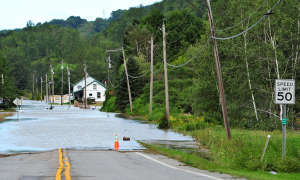
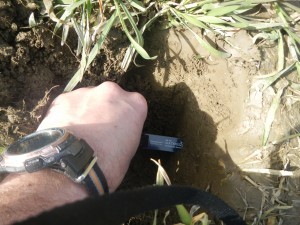
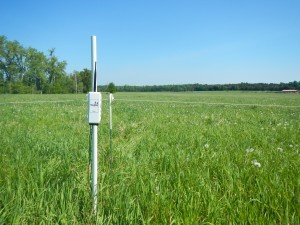
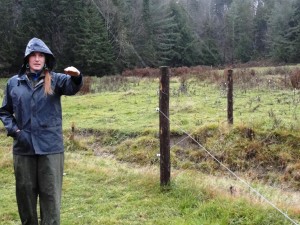
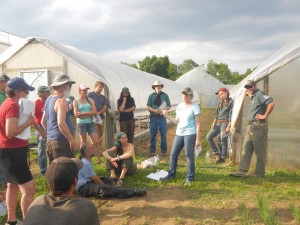
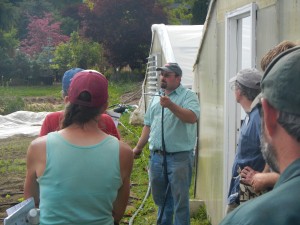
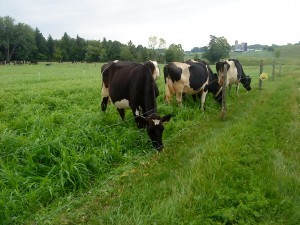
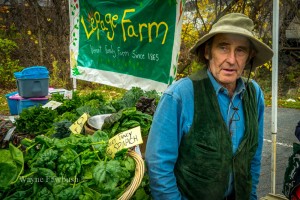
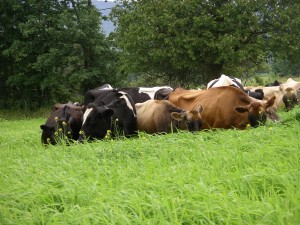
Recent Comments